Via TechinBiz
Get Started for FREE
Sign up with Facebook Sign up with X
I don't have a Facebook or a X account

 Your new post is loading... Your new post is loading...
 Your new post is loading... Your new post is loading...

Farid Mheir's curator insight,
September 10, 2014 9:06 AM
Finally the media seems to have shifted their attention from personal wearables to business-led applications of those wearables - except for yesterday's coverage of Apple iWatch. This article raises a good question : will you bring you wearable to work - your NFC smartphone can replace you company badge (or badges in case of consultant like me) - or will corporation issue you a company approved Google Glass or some other device? Anyone considering the introduction of wearable technology should consider this point carefully. Say you want to introduce Google Glasses for all your field service employees so that they have access to the repair manuals and seamless hands-free communication to head-office experts for on-site support. Or you want to introduce an in-store order picking Glass solution to improve your eCommerce efficiency. Or maybe you have a use case for employee heart rate monitoring that drives a business case to reduce your insurance premiums. Short-term benefits will require you provide company issued devices - no one will buy a 1500$ Google glass today. But in the mid-term, 2 or 3 years down the road, similar or competing devices may start to appear on the consumer market. Will you design your original solution to support BYOD or mandate the use of company devices, at the risk of alienating your employees with sub-par devices or multiple devices that are incompatible with one another? Think about it, define a strategy and set a clear path towards it.

Richard Platt's curator insight,
May 31, 2014 5:12 PM
The long term play here for both Google and Apple is obvious. First you get users to hand you a link to your credit card or bank account. Then you start multiplying the ways they can use your software and hardware to pay for things and send money. If either company can make even a tiny margin on those transactions, they can tap a whole new revenue stream. And they’ll then be in position to do what Square and others have been trying to do—take a bite out of the entire global credit-card payments system, with its trillions of dollars in annual transactions.- Maybe
Beth Dichter's curator insight,
January 17, 2014 5:35 AM
Have you seen an RSA Animate video? Are you interested in learning how to make one or better yet, have your students make one? This post provides an in-depth look at how to go about have your students create an animated video that provides them with the opportunity to practice 21st century skills (quoted from post below): * collaborate with one another * synthesize ideas * create content * communicate ideas clearly * use technology This activity is designed to have your students create content, providing you with materials to use in future classes as well as helping your current students understand the materiial. The author, Jordan Collier, provides a detailed five-day plan. Day 1 would have you dividing students into groups of three, assign them a section of a chapter in a textbook, and determine the key facts that need to be taught. To read about how to assist them with this and the tasks for Day 2 - 5 click through to the post. 
Eduardo Wegman's curator insight,
January 19, 2014 10:29 AM
Collaboration is the key for future society development

Sue Blough's comment,
June 21, 2013 4:23 PM
This article is relevant to idea of engaging students in multiple ways and multiple intelligences. Good food for thought.

Alfredo Corell's curator insight,
June 23, 2013 7:47 AM
New ways we might use PowerPoint in our classroom.

Louis Culotta's curator insight,
March 23, 2013 5:56 PM
if you ever wondered who online at any given time..check this out. 
Julieta Silva's comment,
April 16, 2013 4:50 PM
The web just reflects the world. If we don't trust everybody in our in our local job, in our city, the web is the same or worst. that's why we have to have an ethical behaviour watching and looking over the others.. But I think web is a great invention.

Sterling Crispin's comment,
February 22, 2013 10:59 AM
have you seen the Allosphere www.allosphere.ucsb.edu

Marisa Conde's curator insight,
February 23, 2013 2:15 PM
a travez de Erik Miranda en FB llegué aquí |

Jonathon Perino's curator insight,
September 1, 2014 3:59 AM
What amazing things will evolve in the future...Bionic Man is not a fat fetched idea anymore. What wonders await us. 
FitCentrix's curator insight,
January 27, 2015 2:58 PM
Many people have dismissed "implantables" for fitness and health as futuristic and scary. Clearly sensors will move from the wrist, ankles, chest, etc. to implantable devices that can transmit regularly and receive commands remotely. The net step is to sync this information with fitness and health knowledge bases that can respond to sensor data and recommend actions.

Orlando Delgado's curator insight,
July 4, 2014 1:46 PM
Wearable gadgets and other trends taking off... 
Triangle Software's curator insight,
July 6, 2014 7:44 AM
With so many technology innovations being developed and implemented - what do you see as the next innovation for your industry? 
Jeremy Cooke's curator insight,
July 16, 2014 7:05 AM
Another interesting area for games and generesal digital creativity.. now where did I put that Bamzooki ?

Gonzalo Abio's curator insight,
August 21, 2013 8:44 AM
Buen ejercicio de reflexión e imaginación. Me parece que hasta mejor que lo que vaticinan los informes Horizon. :-) 
Donna Karlin's curator insight,
August 21, 2013 8:51 AM
Innovation influences education which is creating dramatic shifts in how people learn. #innovation #education #technology 
Grace Hamilton's curator insight,
March 11, 2014 1:23 PM
This article discusses how technology is becoming more of a standard in the classroom. It presents an in depth timeline describing all the ways and forums technology will basically takeover in the future classroom by 2028.

Gust MEES's curator insight,
May 26, 2013 12:44 PM
Check it out, looks like WE will soon get more information...

Gust MEES's curator insight,
May 26, 2013 12:47 PM
Check it out, looks like WE will soon get more information...

ParadigmGallery's curator insight,
April 11, 2013 7:05 PM
I am interested to follow this story and to learn more details about the specific sources for the algae and a bit more of the science behind it.

Eric Moss's curator insight,
June 29, 2015 10:11 AM
When you hear the word "addicted", normally the first thing that comes to mind is drugs, alcohol, and cigarettes, what about the internet? I found it extremely interesting that there is actually a classified disorder in today’s age, Internet Addiction Disorder. What if you go out to dinner, and you are sitting at the table for just to long, have you ever gotten a craving to just go check social media? It appears to me that social media is chemically changing our brains around. An interesting route to go might be quitting the Internet “cold turkey”, if it works for other addictions, why not try it for this. Seeing how the dopamine, and other chemicals are really reacting inside our brain could be beneficial to determining a solution to this up and coming problem. It seems as if our changing society has lead to such problems, maybe these are some of the repercussions we must face with our advancing technological state. |



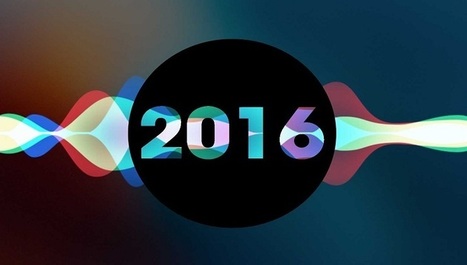




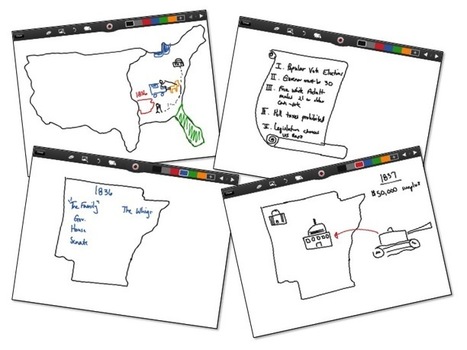

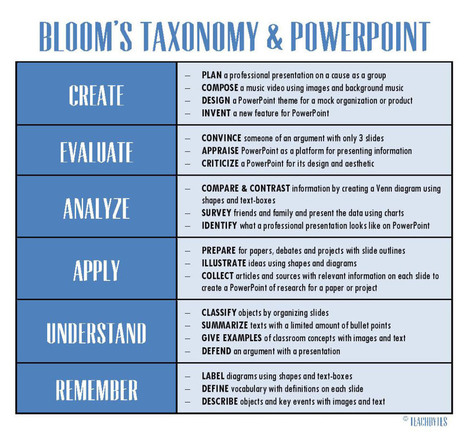





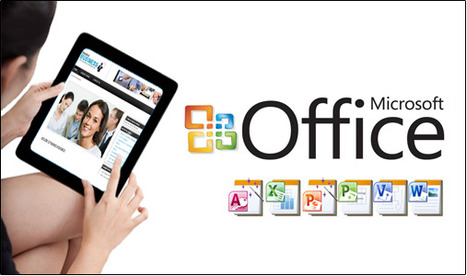

![The Future of Web and Technology [Infographic] | Didactics and Technology in Education | Scoop.it](https://img.scoop.it/uIEakJfBC2RM122Ni4OIgTl72eJkfbmt4t8yenImKBVvK0kTmF0xjctABnaLJIm9)




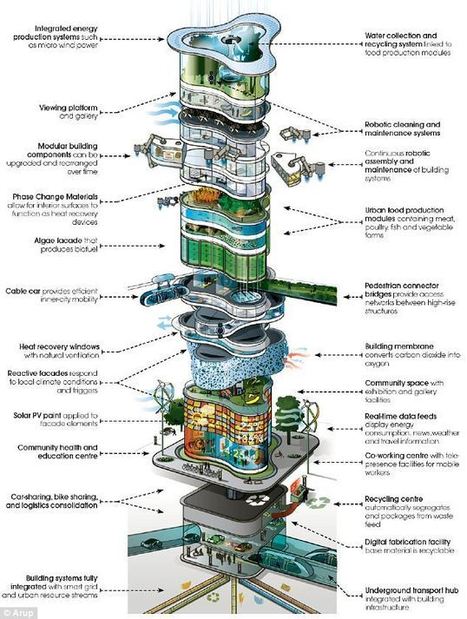


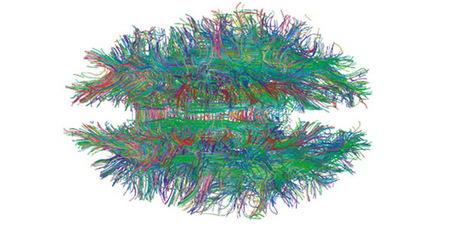






5 insiders share their predictions for 2016